Github : https://github.com/MRAC-IAAC/YAKISUGI.TORCH
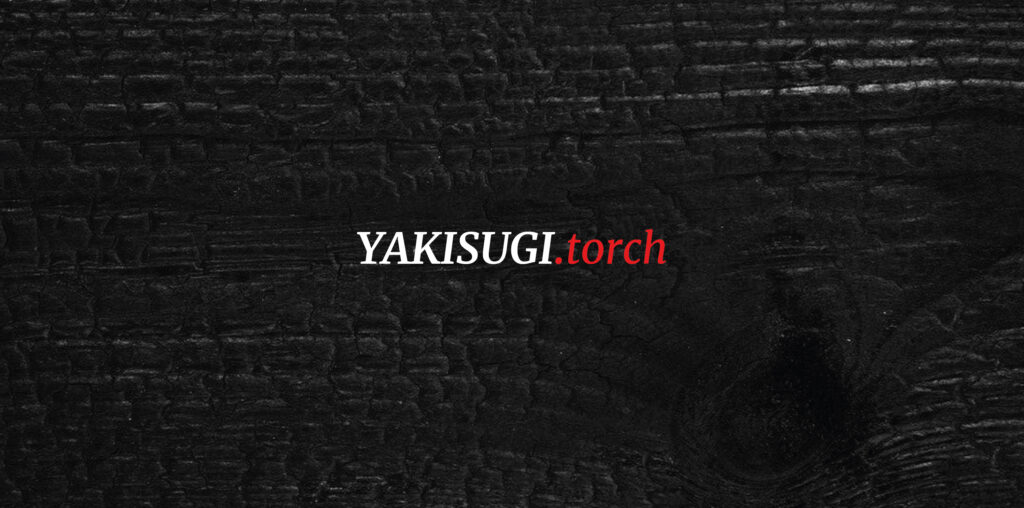
Overview
This project combines a thermal camera and an ESP32 to capture and analyze thermal data and distance measurements. It was developed as part of the YAKISUGI Torch Project, a system designed to optimize and standardize the traditional Japanese wood-burning technique for enhanced durability, pest resistance, and waterproofing.
About the YAKISUGI Method: The YAKISUGI method is a traditional Japanese wood preservation technique that involves charring the surface of the wood with fire. This process results in increased durability, pest resistance, and waterproofing.

Objective and Motivation:
STEP 2: We chose the wood burning step to implement a device that provides visual feedback, measurements and data.
It helps to optimize and standardize the burning process.

- Optimize the wood-burning process by providing visual feedback, measurements, and real-time data.
- Preserve and modernize this ancestral technique for artisans and robotic systems.
- Enable interaction between digital devices and artisans, informing future designs for robotic systems.
The thermal camera streams real-time data, allowing users to select a Region of Interest (ROI), while the ESP32 provides proximity data. The script integrates both sources of information, displays them on an interactive interface, and saves them to a CSV file.
Main Features:
- Real-time thermal data processing.
- Integration with an ESP32 for distance measurement.
- Interactive user interface for ROI selection.
- Data logging of temperature and distance values.
- Preservation of the YAKISUGI technique through standardized and optimized burning processes
Our system features a torch-device designed to burn wood surfaces, showing distance measurements and burning instructions. Additionally, a thermal camera
tracks the time, temperature & the distance of the burning process, guiding the burning path until the piece is fully burned.

System Architecture:
The system integrates various hardware and software components to achieve real-time feedback and optimization of the wood-burning process:
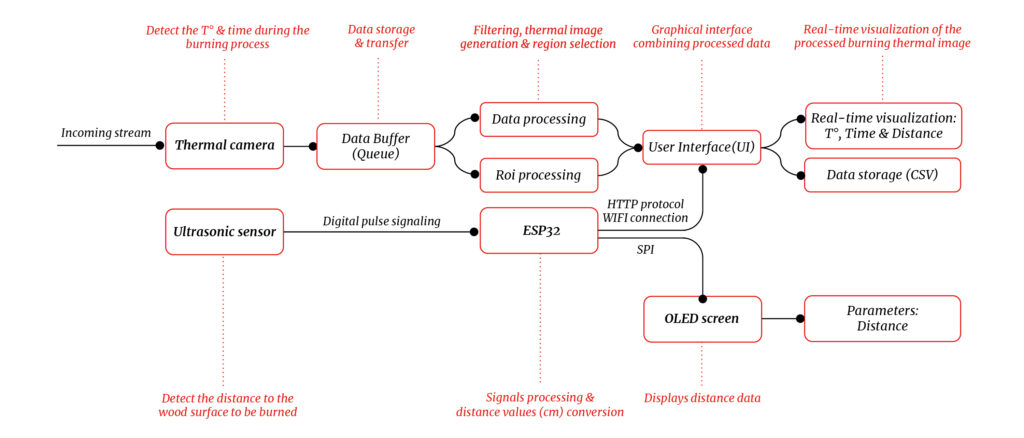
Hardware Components:
- Thermal Camera: FLIR Lepton (PureThermal 2 Cam) for capturing temperature data.
- ESP32: Microcontroller for distance measurement and Wi-Fi communication.
- Ultrasonic Sensor: HC-SR04 for proximity sensing.
- OLED Screen: 0.96-inch Waveshare for real-time display of temperature, time, and distance.
- Battery and Voltage Regulator: Power supply for the ESP32 and peripherals.
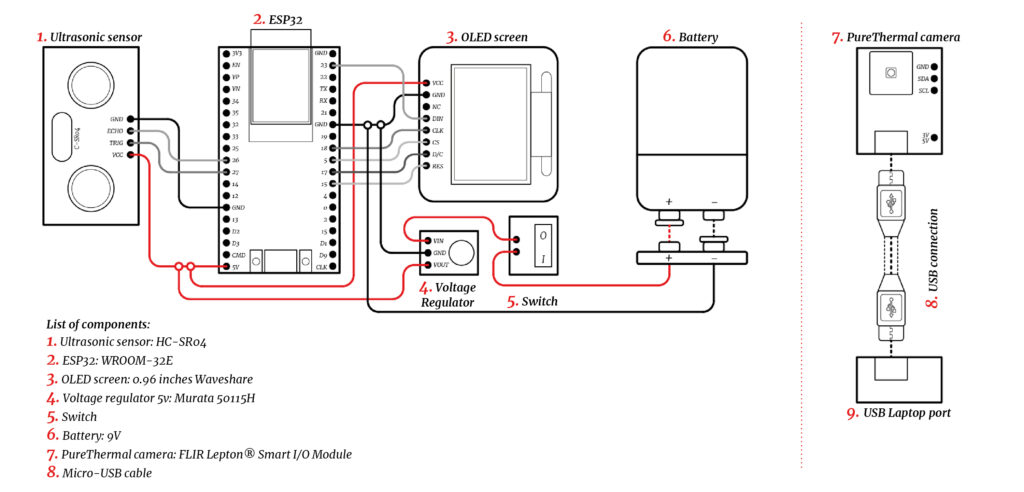
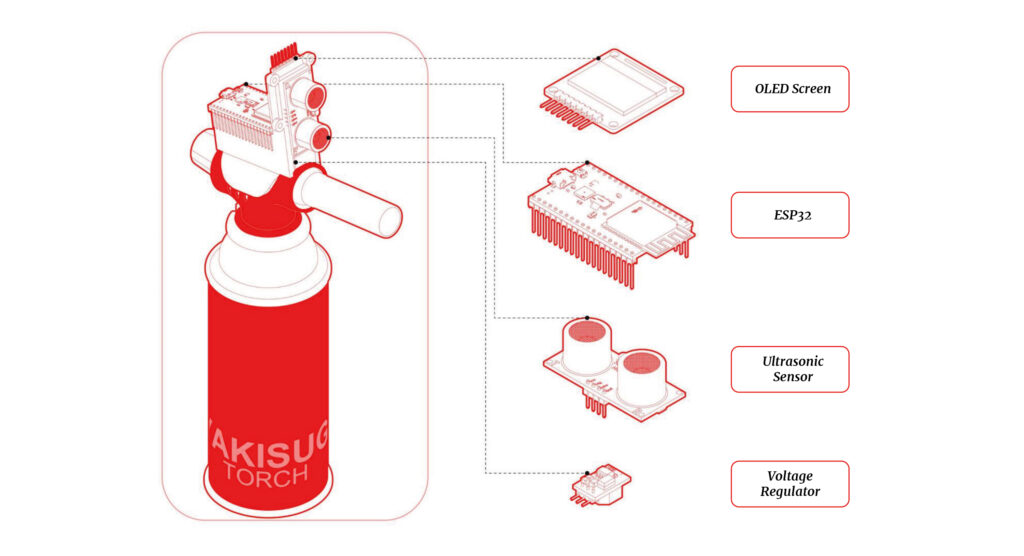
Hardware Overview:
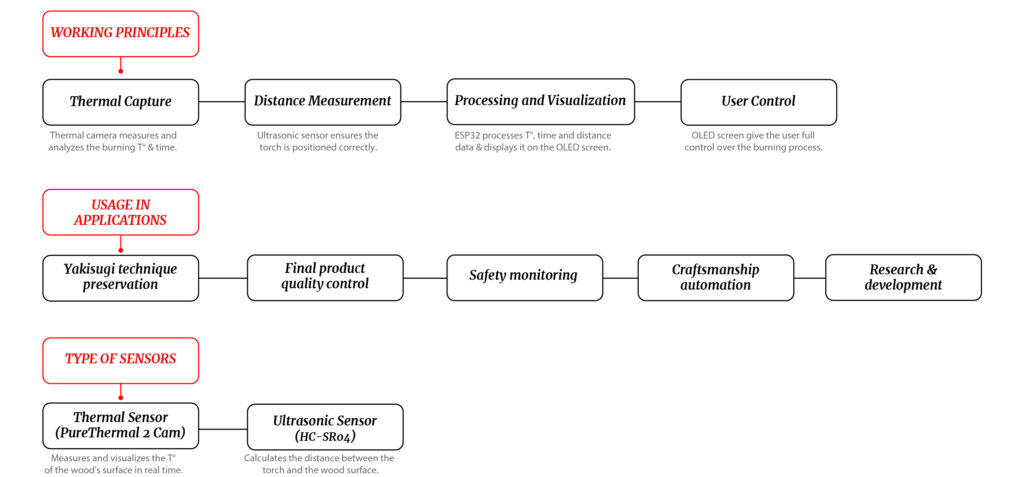
Software Overview:
- Thermal Data Processing: Captures and processes temperature data, converting it into Celsius and generating color-mapped thermal images.
- Distance Measurement: Queries the ESP32 via HTTP to retrieve real-time distance data.
- Real-Time Visualization: Displays temperature and distance on an interactive interface, allowing artisans to optimize the burning process.
- Data Storage: Logs time, temperature, and distance in a CSV file for post-process analysis.
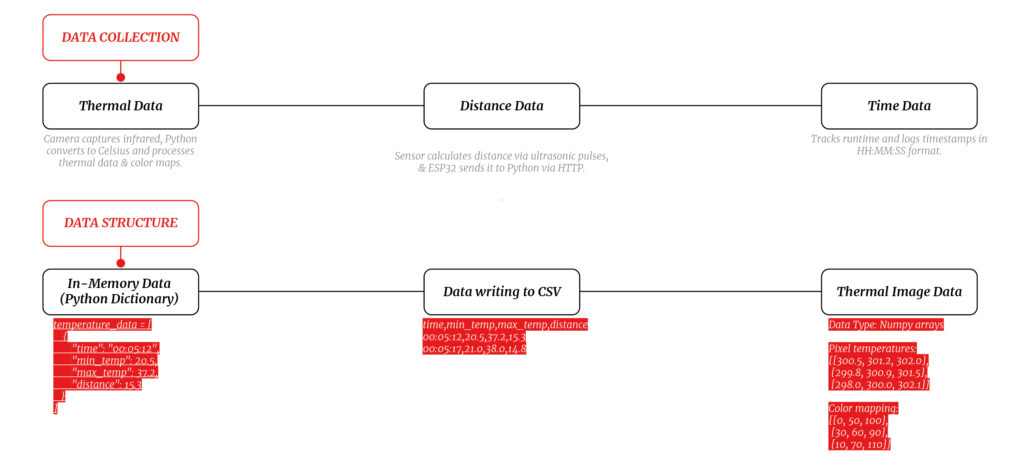
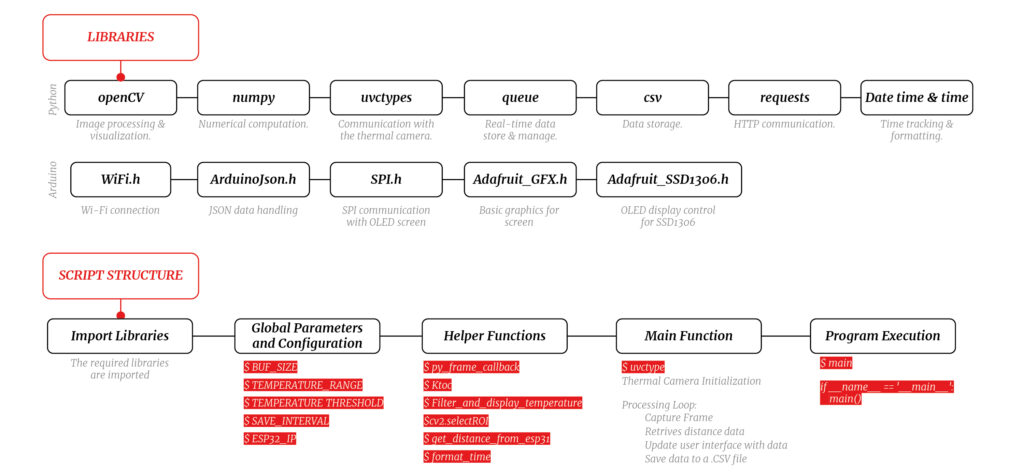
Communications Overview
Protocols Used:
- USB Video Class (UVC): Streams thermal frames from the PureThermal camera.
- HTTP: ESP32 hosts a server, and Python retrieves distance data in JSON format.
- Trigger-Echo: Ultrasonic sensor sends pulses and calculates distance using timing.

Set Up / Demostration
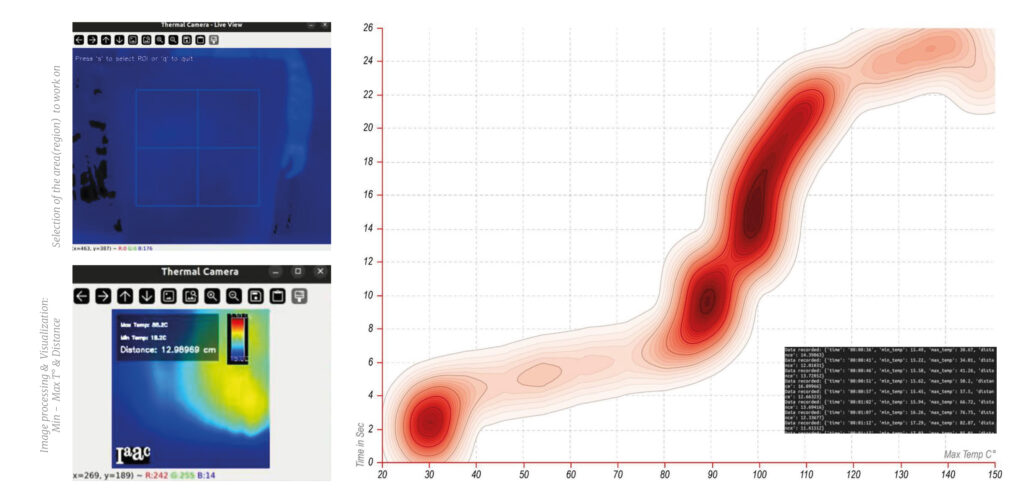
Limitations and Future Improvements
Limitations
- The resolution of the thermal camera limits precision for detailed temperature mapping.
- Ultrasonic sensors are sensitive to surface inconsistencies, affecting accuracy.
- The OLED screen size constrains the amount of real-time data displayed.
Future Improvements
- Upgrade to a higher-resolution thermal camera for detailed mapping.
- Replace the ultrasonic sensor with LiDAR for enhanced precision.
- Integrate data with mobile or desktop applications for better visualization.
- Add ambient condition sensors for humidity or other environmental factors.
- Implement audio alerts to enhance safety during burning.


